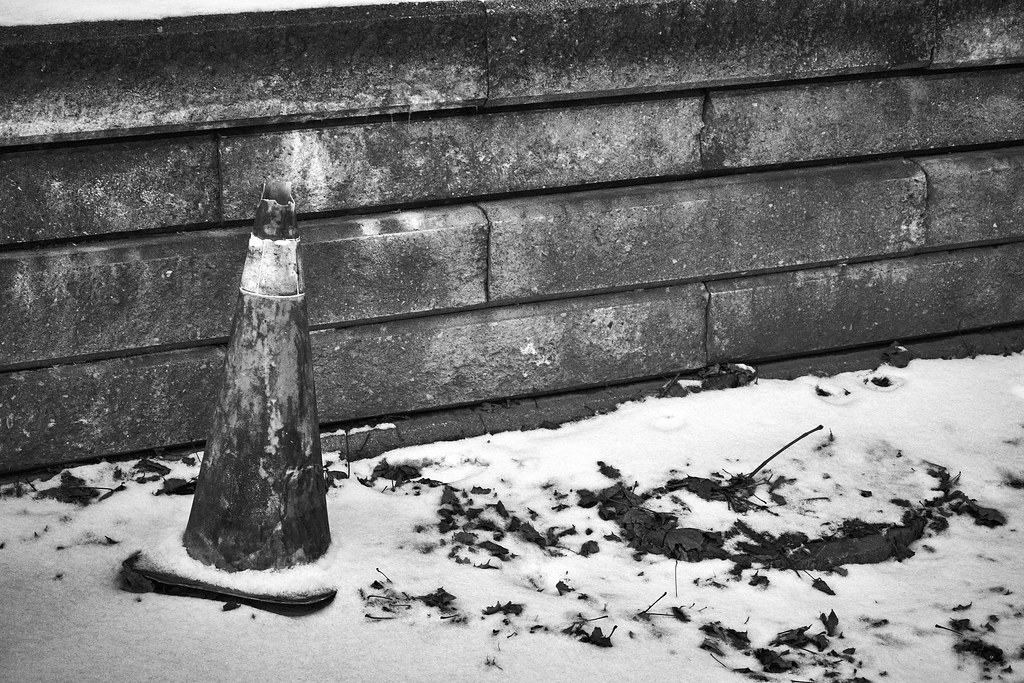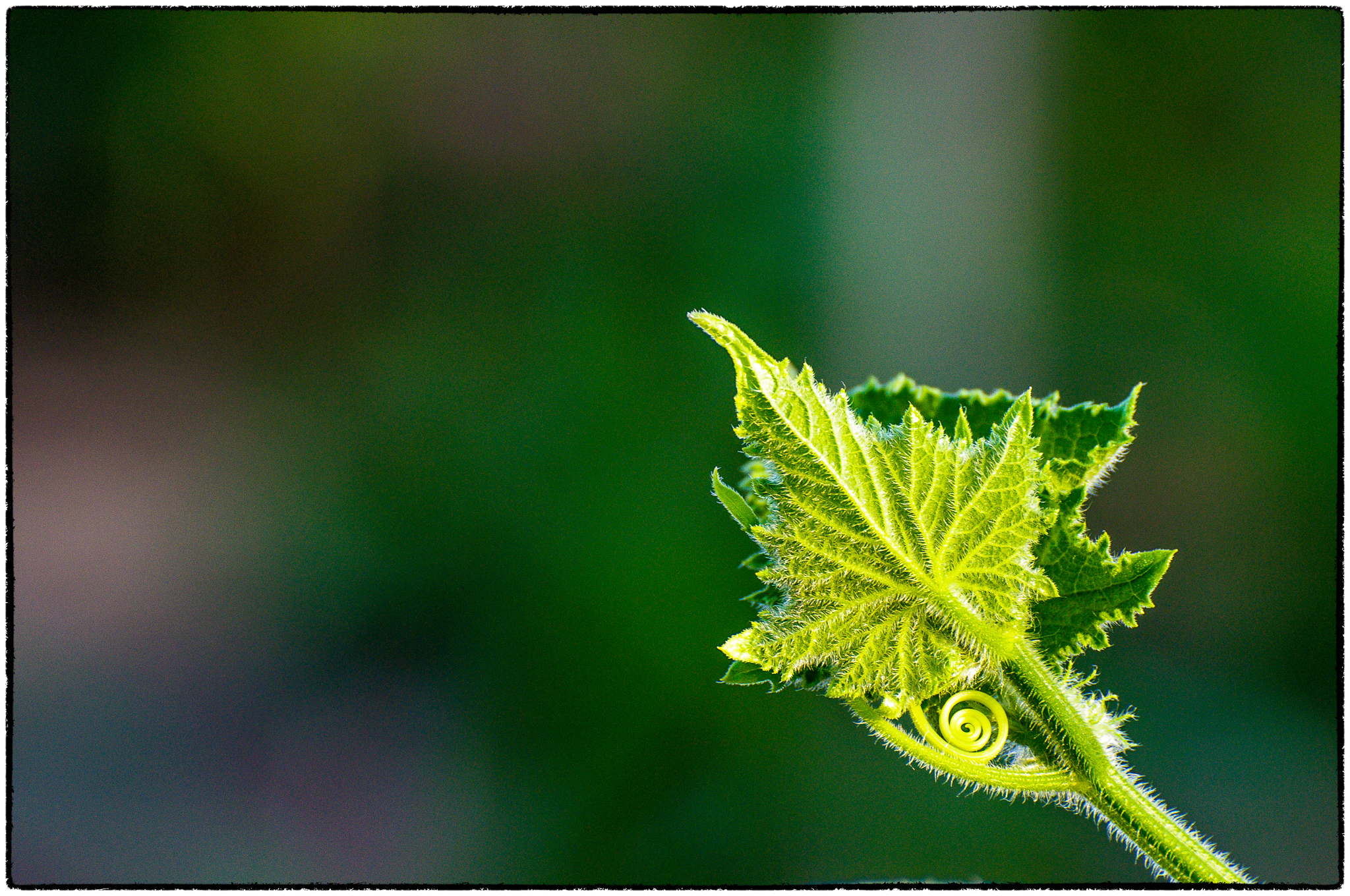
X-T1, XC 16-50 OIS II
I've had a thing for the Fuji X system since they day it was announced. I've shot it twice in the past during my endless cycle of chasing the dragon and it always comes up when I look at mirrorless systems. That's because Fuji's approached the modern camera system with a very different take than anybody else and most of their take speaks directly to what I like and what I've been searching for.
They've done 3 things different. Two of those I very much like, one of them I'm ambivalent about (and used to be quite against). What are they?
1. Camera UI. Fuji, unlike pretty much everybody else, decided to try and combine classic manual focus camera UI with modern needs. A couple other makers have tried this, specifically Leica with their digital M's and Nikon with the Df. Leica succeeded because they basically ignored as much of the modern camera as they could (even in one case dropping the LCD and image/setting review controls). Nikon failed because they just stuck traditional dials on top of their current UI and paid very little attention to the interactions between the two UI's.
Fuji however has largely seamlessly integrated the two sides so they compliment each other rather than fighting like they do on the Df. Additionally their bodies, especially on the X-Pro and X-T series, handle like classic pre-AF cameras, specifically Rangefinders and Manual Focus SLR's. The X-T1 is basically the same size as an FA and handles much like the FA (the FA features a removable foregrip which its FE2/FM2n siblings lack, said grip is actually quite similar to the one which comes with the X-T100).
Since Fuji includes aperture rings on their XF lenses, which are the majority of their lens line, you can actually shoot an X-Tx or X-Txx body just like an FM or FE body. Or you can get all the automation you desire, or anywhere in between. I've already found myself shooting the X-T1 close to how I shoot FM's, but letting Auto-ISO assist.
2. Lens line. One of the enduring failures of most of the APS-C camera lines has been the absolutely terrible native lens lineups. All the old SLR makers in this space (and Samsung's first effort) relied too much on their already existing 35mm lens lines.
Even Pentax, who made the biggest effort here, ended up with a positively strange selection of native lenses and depended far too much on old, often obsolete, FF lenses to make up the difference (Pentax never offered a 35mm-e for example, the only choice was to find a long out of production FA*24/2, which was CA prone, large and expensive).
Fuji on launch day had a 28, 50 and 90mm macro in 35mm equivalents. That's all the basics covered on day one. Contrast to Sony who launched E mount with a 24/2.8 prime, a 27-85 kit lens and a 27-300 do-everything kit lens. Samsung launched the NX mount with a 45/2 and a set of 27-85 and 75-300 kit zooms. Samsung did make a serious effort to round out their line over its short life, but never quite got there.
m43 mount, which is the other really well rounded sub-35mm lens line, didn't have a fast normal for 2+ years (Jun 2011, with the first body in Sept 2008) and didn't get a consumer-priced one for another 3 years. For something Fuji had on day 1.
Fuji came out of the gates with a basic set of lenses ideally suited to their camera, and published a roadmap which at launch had an 21mm UWA, a 43mm f2.8 pancake, a 35mm f1.4 fast prime, a 15-36mm UWA zoom, a 27-85 fastish zoom, and a 85-300mm fastish zoom, all of which were delivered within 18 months. While late to the mirrorless game (beating only Canon to the sub-35mm Mirrorless game), they actually had a fully rounded out system quicker than anybody else, in some cases even before the systems who had beat them to market by years.
And Fuji has continued to build out that line with a consistent focus, providing a complete, consistent and well rounded selection of primes (at this time they have 21/2.8, 24/1.4, 24/2.8, 28/2, 35/1.4, 35/2, 43/2.8 pancake, 50/1.4, 50/2, 75/2, 85/1.2, 85/1.2 APD, 90/2.4 macro, 120/2.8 Macro, 135/2, and 300/2 primes plus zooms from 12mm to 600mm in consumer, prosumer and pro lines). There's still a few holes in the lineup, but they are steadily filling them out.
Given my preference for shooting with a selection of small, mid-speed primes, the 'Fujicron' line of 24/2.8, 35/2, 50/2 and 75/2 primes just fits.
3. The third thing Fuji did different was their X-Trans sensor. This was a mistake and has limited sales from day 1. Out of the box the X-Trans cameras were crippled by the lack of a functional RAW converter and it took a long time before there was a really good workflow for Fuji RAW's. X-Trans uses a different colour matrix over the sensor sites that improves the high ISO data stability (reducing chroma noise) but in turn gives up some colour resolution at base ISO. That's a decent set of tradeoffs, but the RAW converter situation gave the X bodies a reputation for workflow trouble very quickly, and one they've never shed.
I experienced this with the X-E1 and it made me very hesitant to buy back into Fuji for a long time. My experience so far with the X-T1 and CaptureOne 12, as well as the recent availability of CaptureOne Express for Fujifilm, suggest the workflow problems are gone, even for those on a budget, but the reputation remains. The X-A line, with the regular Bayer sensor, proved that Fuji could deliver their signature colour without X-Trans and really show that X-Trans was a net negative for X series sales.
I don't see X-Trans going away anytime soon though, and today the issues are entirely reputational, not technical. It was a great idea, but the lack of RAW conversion options, and most especially Adobe's complete unwillingness to fix the issues in their engine for years (7 years later they finally have a solution, which takes 30-60 seconds per image...) really limited the growth of the system. A lot of folks are significantly more closely tied to their workflow than to their cameras and Fuji did not take that into consideration. The good news is that unlike Sigma's horrifically bad Foveon sensors (which are limited by physics to producing high-resolution messes of bad colour metamarism and circa-2006 noise), Fuji was actually able to deliver competitive IQ in JPEG all the time, and once the RAW converter situation caught up, in RAW as well.
So 2 of these approaches really work for me, and the third has become a non-issue over time. Getting back to shooting Fuji ends up making a lot of sense today.






